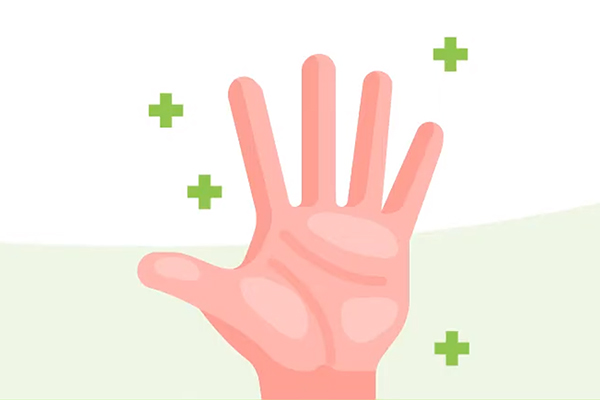
Many dedicated professionals suddenly find themselves working from home – perhaps even from their kitchen table. Even though you might not be able to set up a work station as sophisticated as your office work station, according to Anna Belote, director, Safety, and Jason Hoeppner, PT, MBA, CEAS III, manager, Workplace Ergonomics & Rehabilitation, there are things you can do to ensure you’re optimizing your temporary setup.
Key considerations
While there are many things to keep in mind when choosing the best location and setup for your home work station, these are among the most important:
- Lighting – To reduce eye strain, make sure you have an adequate light source near your work space that isn’t too dim.
- Keyboard and mouse placement – You want to be sure your keyboard and mouse aren’t too far away from your computer. Also, make sure your wrists are well-supported.
- Monitor height – Adjust your screen to appropriate eye level so you are not straining your neck.
- Seating and chair placement – Adjust your chair if possible so your legs and feet are positioned appropriately. Always practice good posture when sitting in a chair.
- Laptop posture – While we don’t recommend working from a laptop while sitting on the couch or recliner, if you have to, place your laptop in your lap for neutral wrist placement and angle the screen so that you can see with the least amount of neck strain.
Thoughtful breaks
Learning when to insert a thoughtful pause is incredibly important. Consider making these different types of breaks part of your daily at-home routine.
Eye breaks – Looking at a computer screen for longer durations of time causes changes in how the eyes work, including blinking less which means the surface of the eye is exposed to the air longer. Every 15 minutes you should briefly look away from the screen for a 1-2 minutes to a more distant scene, preferably something more than 20 feet away. This lets the muscles inside the eye relax. Also, blink your eyes rapidly for a few seconds. This refreshes the tear film and clears dust from the eye surface.
Micro-breaks – Most typing is done in bursts rather than continuously. Between these bursts of activity, you should rest your hands in a relaxed, flat, straight posture. During a micro-break (approximately 2 minutes in length) you can briefly stretch, stand up, move around or do a different work task, such as making a phone call. A micro-break isn't necessarily a break from work, but it's a break from the use of a particular set of muscles that's doing most of the work (e.g. the finger flexors if you're doing a lot of typing).
Rest breaks – Every 30-60 minutes you should take a brief (3-5 minute) rest break. During this break stand up, move around and do something else. Go and get a drink, chat with someone, make a snack, etc.. This allows you to rest and exercise different muscles and feel less tired.
Exercise breaks – There are many stretching and gentle exercises that you can do to help relieve muscle fatigue. You should do these every 1-2 hours. For inspiration, check out these desk exercises.



